Memory & The Maximum City is a session at the Godrej India Culture Lab highlighting the collective memories of Mumbai and the need to re-look at it. Talks by Anusha Yadav, founder of the Indian Memory Project, oral historian Dr Indira Chowdhury and artist Ali Akbar Mehta will focus on the subject
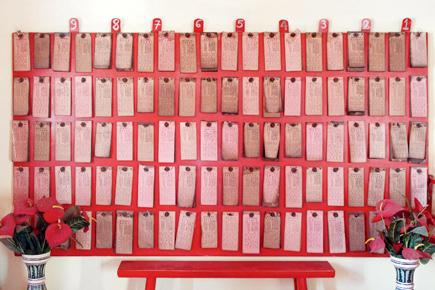
Mumbai Guide, Kwan Tai Shek Chinese temple, Mazgaon, Ali Akbar Mehta, Anusha Yadav, Dr Indira Chowdhury, Dockyard Road Station, Anthony's Rest
Change leaves behind memories of the past and an awareness of the good and the bad elements in it. And if one considers a rapidly changing city like Mumbai — in terms of its geography, architecture, people and experiences — it becomes even more imperative to celebrate and learn from the memories of the city.
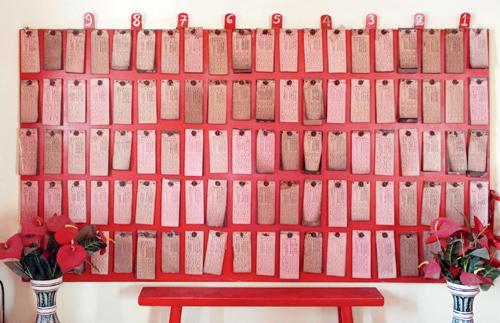
The Kwan Tai Shek Chinese temple prayer sheets at Mazgaon; it is part of Ali Akbar Mehta’s archival project Site: Stage: Structure, which documents the changing demographic and visual identity of spaces in Mazgaon and Wadibunder. Seen here is a huge board, with files of bamboo sheets fixed under different numbers, in Chinese script. Each number has a corresponding fortune card where people read their fortune, annually.
ADVERTISEMENT
This topic will take centrestage at the Godrej India Culture Lab’s latest Friday Funda session. Titled Memory & The Maximum City, the event features talks by photographer and founder of the Indian Memory Project Anusha Yadav, oral historian Dr Indira Chowdhury and artist Ali Akbar Mehta.
Memories — then and now
Yadav cites the importance of memories in urban Mumbai, “In the last few decades, migration to cities for work entailed leaving joint families behind, including the stories and traditions passed down generations. Within nuclear families, there was less baggage and an anticipation of a wealthier/educated future, but with lesser memories, roots and identities to pass down.”
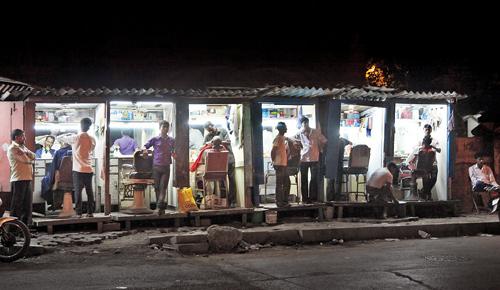
Barber shops under Dockyard Road station (2014); images from Ali Akbar Mehta’s Site: Stage: Structure project
She adds that cities rapidly changed with rising economies and to accommodate people coming in. But a society functions on a shared set of values and with forgotten pasts, there is little texture, lesser ingredients to build an identity of a city culture on. “No matter how modern a city gets, it will always need a culture’s memory to stand tall on,” maintains Yadav.
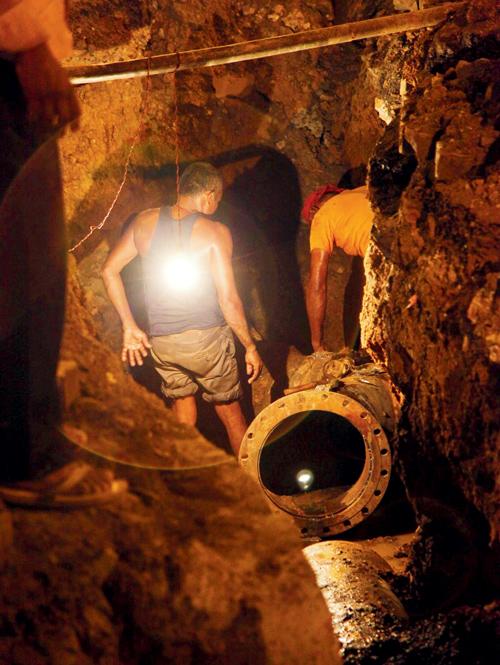
Sewage construction workers
Dr Chowdhury mentions how cities belong to the present but also live on in people’s memories. She elaborates, “Memories offer us a glimpse into the life of a city as it existed in the past. Art and urban design can be instruments to preserve memory.”
She mentions how presently, cities are being rebuilt on models from elsewhere, wiping out all traces of the past. “Perhaps, urban designers and planners need to grasp how people understand the evolution of their cities, what their spaces mean to them and draw up designs based on that understanding,” she suggests.
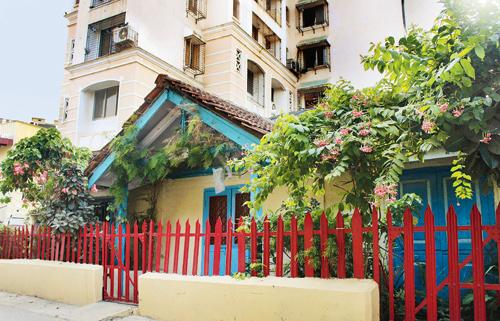
Anthony’s Rest (2014), an image from the Site: Stage: Structure project
Mehta believes that memories are always relevant, and that ignoring the lessons of the past can be disastrous: “I believe in the saying: ‘Those who forget history, are bound to repeat it’. In the context of the city and its people, the easiest thing would be to forget people who live beyond the perimeter of our immediate vision. But in doing so, we condemn ourselves to be forgotten by others. There is a sense of identity that we’re losing and that reflects in the way we live, in how we conduct ourselves,” he reminds.
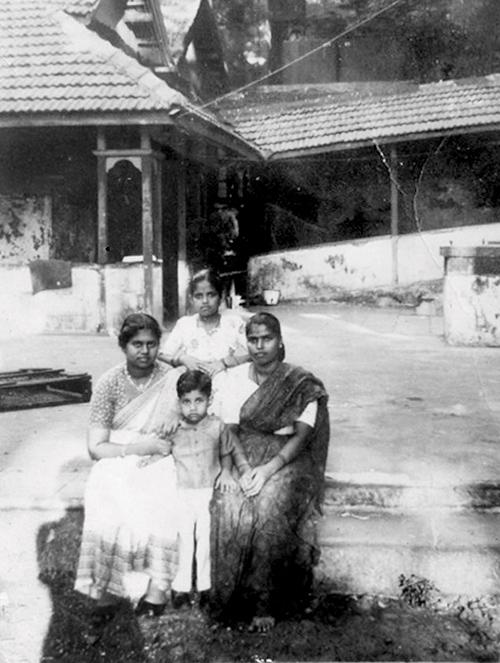
From The Indian Memory Project: My mother and I with Mrs. Kelkar and her daughter Shalini. Byculla, Bombay. Circa 1950. Image and text contributed by Joe Joseph Zachariah, Mumbai.
On: Today
Time: Exhibit 3.30 pm onwards; Talk 5 pm onwards
At: Auditorium, Gate 2, Godrej Industries, Vikhroli (E).
Email: indiaculturelab @godrejinds.com to RSVP
 Subscribe today by clicking the link and stay updated with the latest news!" Click here!
Subscribe today by clicking the link and stay updated with the latest news!" Click here!







